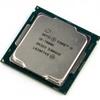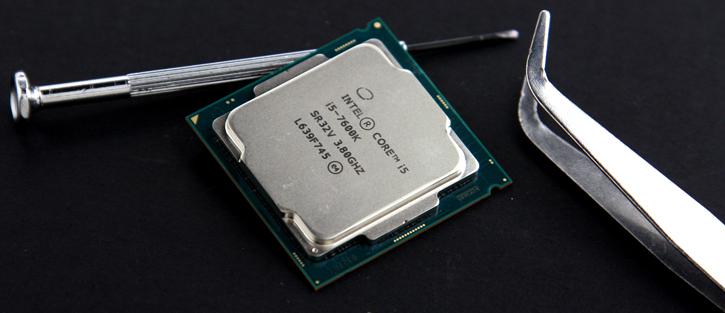Final Words & Conclusion
Final words & conclusion
Intel releases once more a processor in the same class as previous gen. In fact IPC clock for clock the differences end up being close to NIL. Kaby Lake is once again a quad-core processor with very small process tweaks, slightly higher turbos and a processor that can tweak to the 5 GHz domain. All in all not bad but let's face it - clock for clock these processors all roughly perform the same starting at Sandy-Bridge and the Core i5 2500 / Core i7 2600 series released in January 2011. It's the clock frequencies and number of cores where you can find the extra performance, the architecture helps but not by much, but even then it's all very relative. Raw processor performance wise, aside from the usual small incremental increases, nothing will change on a grand scale. Aside from hardware accelerated H264 content really, we hardly can find anything new or intersting enough over last-gen products for this processor series.
Performance & tweaking
The overall performance for a Core i5 I'd rate as "good" for this Core i5 7600K, again it is the higher turbo's that gets this processor higher rankings, something that is easily tweaked with ANY Core i5 or Core i7 processor in the K series ever sicne 2011. Once tweaked, temps remain very acceptable (depending on choice of cooling) and temperatures when the CPU is overclocked with added voltage definitely seem to be a notch better opposed to Haswell and Skylake. We have been able to reach 5.0 GHz stable on liquid cooling. At that level you are looking at 1.30 up-to 1.35V needed on that CPU core.
Power consumption
If we step back and take the Intel reference board with a Sandy Bridge processor (2600K) without a dedicated graphics card, that platform idled at roughly 50 Watts. Once we stress the processor 100% on that platform we'd see ~120 Watts power consumption. With Kaby Lake (Core i5 7600K) we noticed roughly 45 Watts in idle and 100 Watts with processor load at 100%. So over the past 5 years we gained 20 Watts under load circumstances. Yes again all remains relative.
The bottom line
The Kaby Lake Core i5 7600K honestly is a terrific processor, but so was the previous generation and herein is the conundrum to be found as that poses the problem as to why you should upgrade? If you have not upgraded for multiple years then Kaby Lake COULD be an attractive alternative. The performance increases you see however are not based on improved architecture performance, it's just higher turbos and a few small tweaks. Any Intel Core K model processor you have purchased in the past three years can quite easily be tweaked to the same performance levels. Now hey, there's nothing wrong with the Core i5 7600K of course, it's just that it is more of the same, incredibly comparable to Skylake even. So only if you need a PC upgrade and a renewed infrastructure (motherboard) then the upgrade makes sense. If you feel your system is outdated and you would like features such as USB 3.1, more SATA3 ports, better audio, better NICs or AC WIFI that's where the new platform upgrade is going to make sense. The Core i5 7600K is fast enough to feed even multi-GPU setups. It remains to be a proper processor series, there is no mistake about that, but Intel is lacking innovation and not advancing in the mainstream segment with big enough steps. We need the competition back, and as such we cannot wait to see what AMD brings to the table with their ZEN / Ryzen / Summit Ridge based processors.
Handy related downloads:
- Sign up to receive a notice when we publish a new article
- Or go back to Guru3D's front page.


